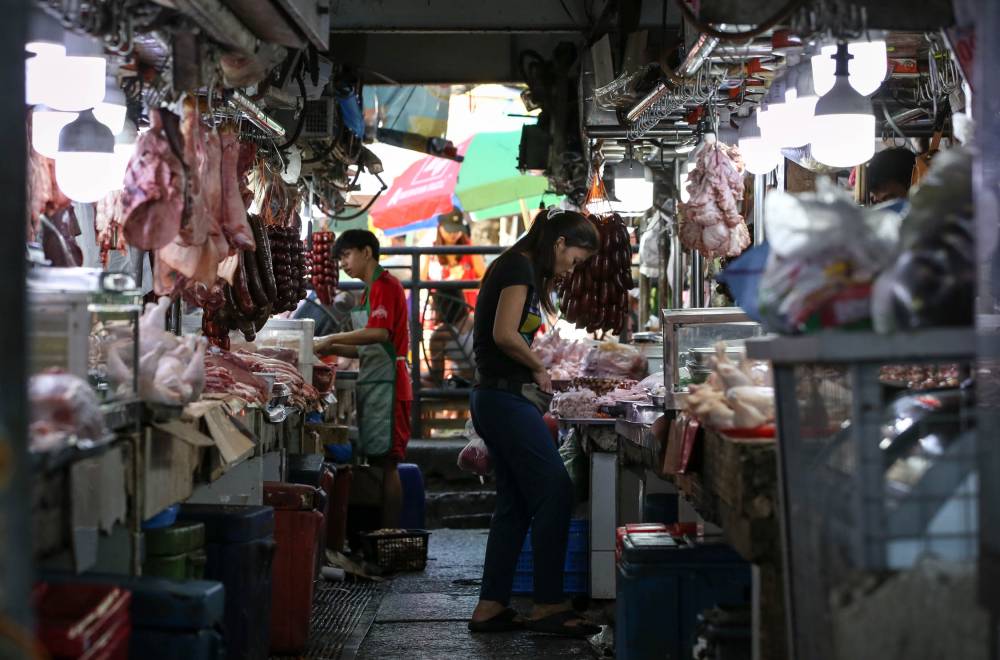PH imported 20.8% more pork, beef in ’24

Meat imports reached 1.45 million metric tons (MT) in 2024, surpassing the volume recorded in each of the last two years, as the outbreak of African swine fever and bird flu prompted dealers to turn to offshore suppliers.
Data from the Bureau of Animal Industry showed that last year’s meat imports were 20.8 percent higher than the 1.2 million MT procured in the last year. In 2022, meat imports amounted to 1.36 million MT.
Higher pork and chicken purchases bolstered the meat imports, representing more than half of all inbound shipments.
“The DA (Department of Agriculture) should expedite the commercial release of ASF and AI (avian influenza) vaccines, or we will continue to increase importation of pork and poultry products to the detriment of our livestock and poultry producers,” Philippine Chamber of Agriculture and Food Inc. President Danilo Fausto said in a Viber message.
According to the Philippine Statistics Authority, local hog production dipped by 5.1 percent to 1.7 million MT in 2024.
Hog output had declined from 2019 to 2022 but production volume recovered in 2023.
“It is imperative that we strive to increase our productivity of agri products and reduce our reliance on imports, or it will cause the slow death of the basic foundation of our economy, which is agriculture where more than 50 percent of our population is dependent on,” Fausto added.
Pork made 50.6 percent of total meat imports. It was also 24 percent higher than the 591,898.94 MT imports in 2023.
Chicken imports totaled 472,211.45 MT, up by 10 percent while the volume of beef shipped to the archipelago surged by 40.6 percent to 203,898.64 MT. Both segments comprised 29.4 percent and 14.1 percent, respectively.
Traders also bought 37,795.38 MT of buffalo, down by 3.1 percent, along with 1,345.8 MT of turkey, 653.3 MT of lamb and 221.96 MT of duck.
Brazil retained its position as the leading meat exporter to the country with a share of almost 37 percent.
Other major suppliers of meat products are the United States (15.2 percent); Spain (12.16 percent); Canada (8.05 percent) and Australia (5.19 percent).
The DA has created an export assistance help desk.
“This aims to oversee and facilitate the handling of exporters’ inquiries and/or concerns with regard to agricultural products, encompassing crops, fisheries, livestock and poultry with the goal of aiding them for the promotion of economic growth through exports,” the DA said in Memorandum Order No. 09.





















